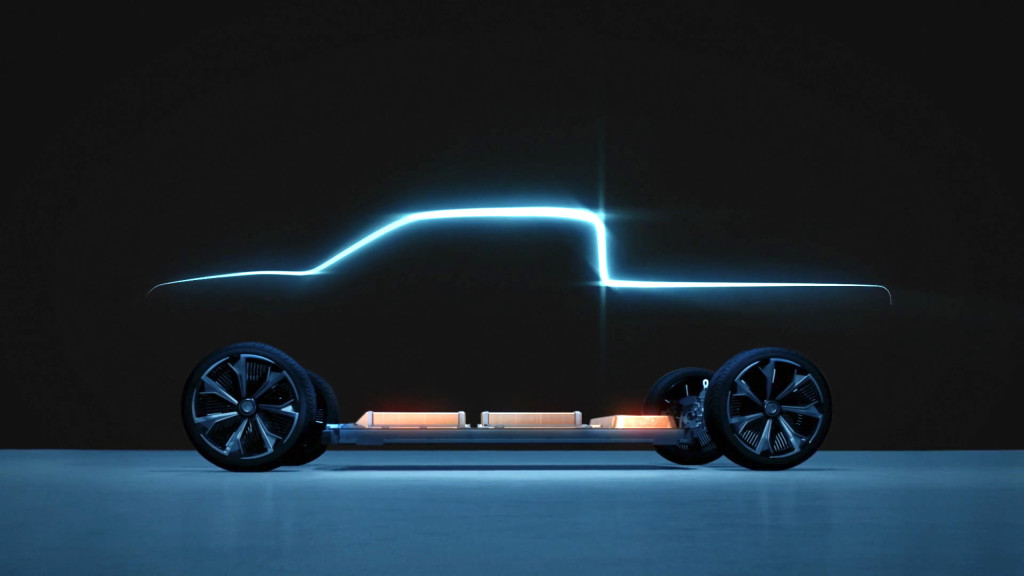A lack of standards for repair and replacement of EV battery packs may lead to higher insurance premiums, according to a recent Reuters report (via Automotive News).
Battery packs can represent up to 50% of an EV’s price tag, often making it uneconomical to replace them, according to the report. And while there is no standard procedure for addressing damaged battery packs, it’s more common to replace rather than repair. In some cases that could lead to relatively new vehicles being “totaled” by insurance companies over minor damage.
Automaker policies on repairability of battery packs vary, the report found. Ford said individual battery modules could be replaced, and said it had developed an easier way to replace the battery pack tray if the outside is damaged. Nissan and Renault also said modules could be replaced without junking the whole pack, but indicated this could only be done at dealerships or other manufacturer-associated facilities.
Polestar 2 battery pack
Stellantis said it does not repair batteries after crashes where the airbags deploy, while the structural pack in newer versions of the Tesla Model Y, using 4680-format cells, can’t be repaired, according to the report.
Repairability might also be an issue with cell-to-pack tech that skips the modules for performance and energy-density gains. Chinese battery firm CATL is starting to offer it to automakers, starting with Geely’s Zeekr brand, and potentially expanding to future Hyundai, Kia, and Genesis models. Chinese startup Beta Auto aims to advance the concept with cell-to-chassis applications, although so far no company has announced plans to use either configuration in U.S.-market vehicles.

GM electric pickup silhouette – from 2020 Ultium platform preview
General Motors said its new Ultium battery packs are designed to be repaired at the module level, and it has previously boasted that its wireless battery management system and pack structure will allow new cell designs without redesigning the pack—and it might permit simpler pack repair.
While automakers can’t agree on whether a battery pack should be repaired or replaced, they are gradually coalescing around recycling those packs and their precious materials when they have truly reached the end of their useful lives. GM has named Canada’s Li-Cycle as official recycler for Ultium battery cells, while Ford, Toyota, and the Volkswagen Group’s Audi and VW brands have partnered with Redwood Materials.
